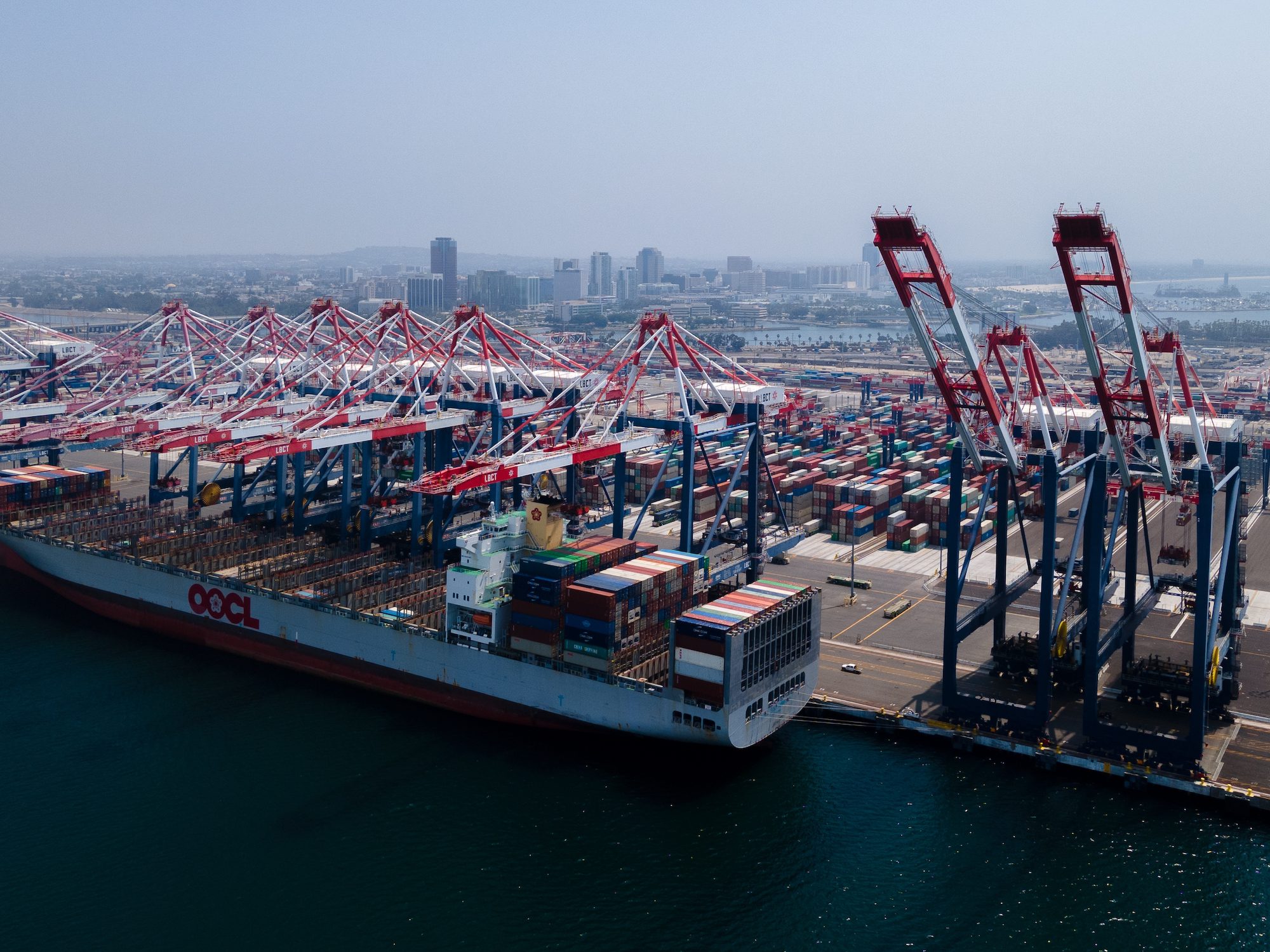USTR Port Fees Could Sink Chinese Carriers’ Profits
Chinese Shipping Lines Brace for U.S. Port Fees

Chinese container shipping companies are facing significant financial challenges as new port fees from the U.S. Trade Representative are set to take effect on October 14, 2025. A recent analysis by HSBC reveals that these fees could drastically reduce the operating profits of major players like China Shipping Holding (CSH) and Orient Overseas Container Line (OOIL). With projected annual port fees reaching billions, the impact on these companies could be profound.
Financial Impact of New Port Fees
According to HSBC’s analysis, the new port fees will have a severe impact on the profitability of Chinese shipping lines. CSH is projected to incur approximately $1.5 billion in annual fees, which would account for 5.3% of its expected revenue for 2026. This fee burden could erode an estimated 74% of CSH’s operating profit. Similarly, OOIL faces an estimated $654 million in fees, representing 7.1% of its projected revenues and potentially reducing its operating profit by 65%.
The U.S. Customs & Border Protection is currently working on a collection system for these fees, although the final implementation rules have yet to be announced. Notably, non-Chinese shipping lines will only incur charges if they use Chinese-built vessels for U.S. port calls. This has prompted many non-Chinese carriers to begin restructuring their networks to minimize exposure to these fees. For instance, companies like Maersk and Hapag Lloyd are opting for Korean-built ships on transpacific routes, while the Premier Alliance is splitting its Mediterranean Pacific South 2 service to eliminate ten Chinese-built vessels from U.S. ports.
Strategies for Mitigation and Future Outlook
In response to the impending fees, Chinese carriers are exploring various strategies to mitigate the financial impact. They may collaborate with partners in the Ocean Alliance, such as CMA CGM and Evergreen, to deploy more non-Chinese vessels on transpacific routes. Additionally, CSH and OOIL are considering expanding their capacity in other markets. Another potential strategy involves developing services that bypass U.S. ports altogether, utilizing transshipments through Canada, Mexico, or Caribbean hubs.
Mexico votes to charge cruise ships $42 per passenger for port calls
The port fee structure, announced in April, imposes a $50 per net ton fee on Chinese vessel owners and operators, which will increase annually by $30 until it reaches $140 per net ton by 2028. Non-Chinese operators using Chinese-built vessels will face lower rates of $18 per net ton or $120 per discharged container, whichever is higher. Industry analysts suggest that the realignment of shipping networks could temporarily tighten capacity and delay the retirement of older non-Chinese built vessels, which currently make up 93% of container ships over 20 years old.
As the deadline approaches, the shipping industry is closely monitoring these developments, with the hope that any adjustments to the fee structure could provide relief for Chinese carriers.
